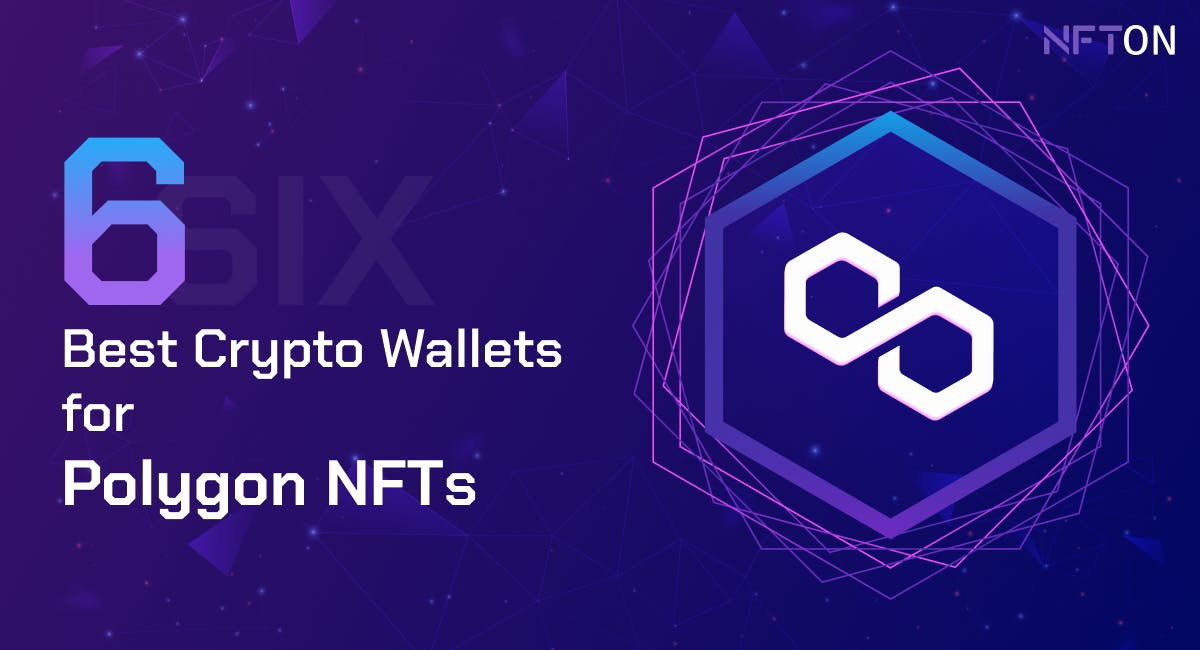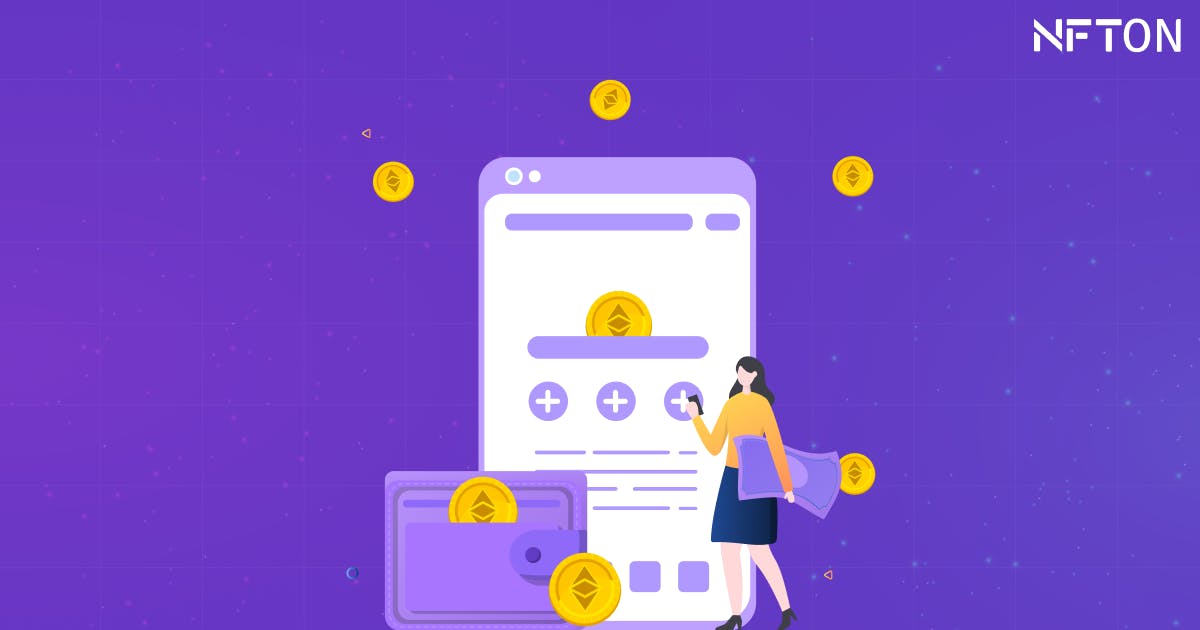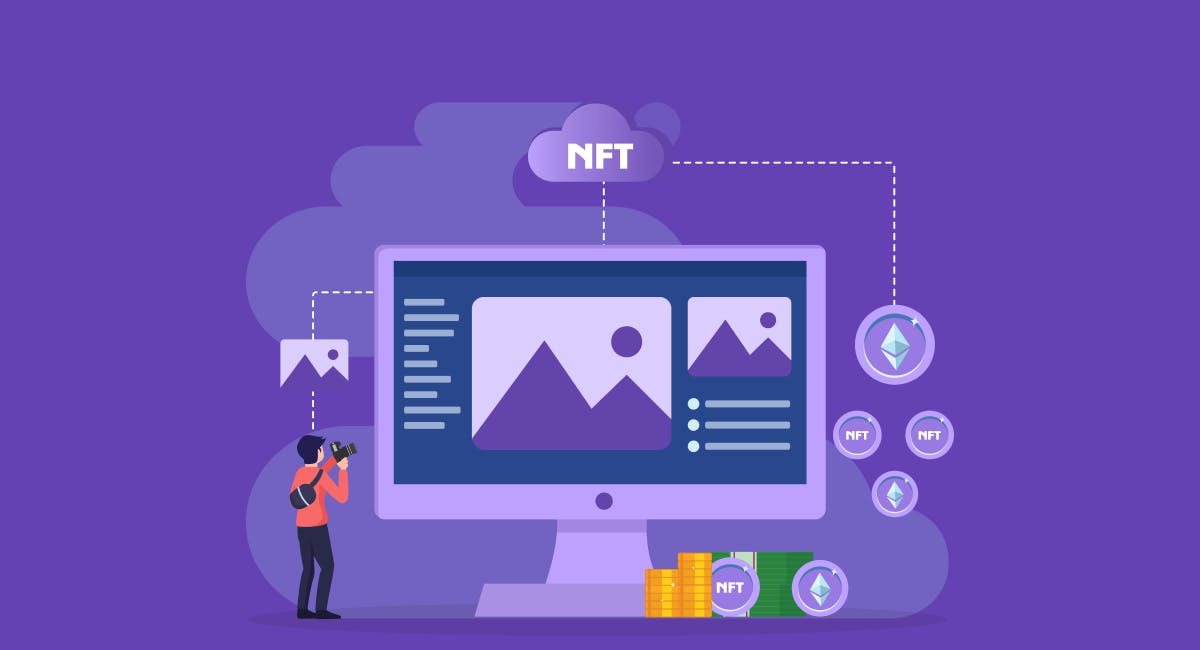How Do Royalties Work In NFT?
September 15, 2022
Guides
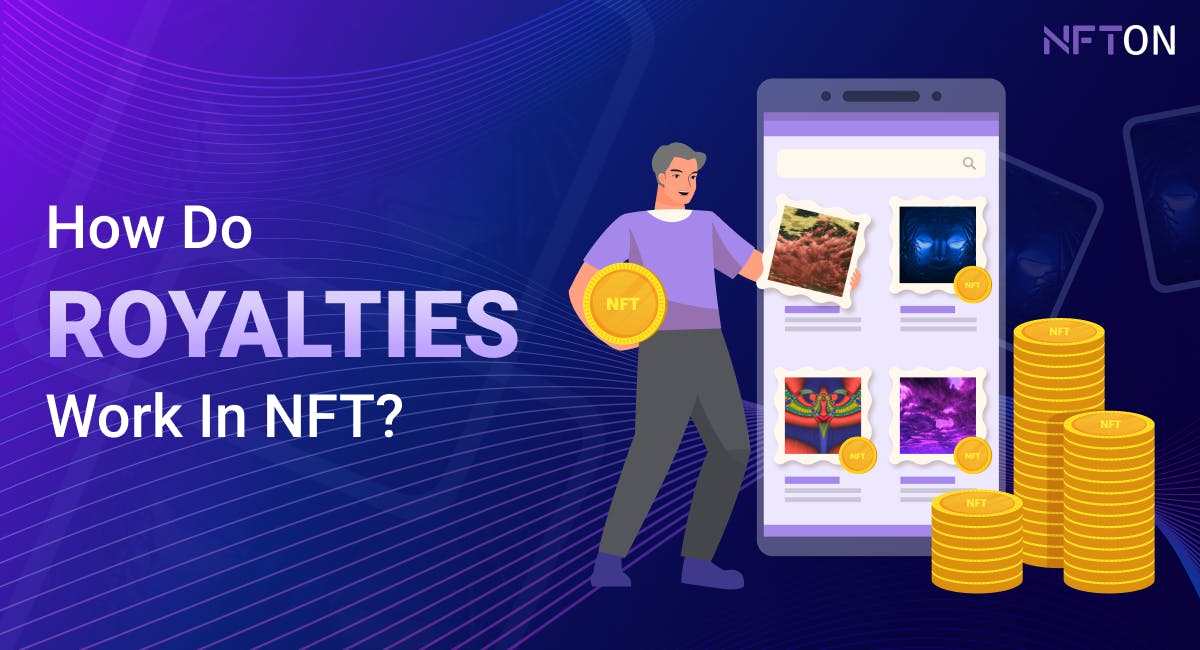
Simply put, royalties refer to financial payments made from one party to another for the ongoing use of their assets. The term, of course, is primarily used in the music industry, where singers allow their music to be streamed online, played on the radio, or sampled by other musicians in exchange for a royalty fee.
Besides, novelists, film producers, publishers, and just about anyone involved in a creative field has the potential to earn royalties. However, in this day and age, digital creators in the NFT realm are also earning through NFT royalties.
Empowering artists with the blockchain
The advent of NFTs is a breath of fresh air for those in creative fields. For a long time, only a select few designators were entitled to receiving royalties, which was a significant source of frustration for artists. However, that is changing due to blockchain and smart contracts.
Today, artists can have complete control over their work and decide terms of use and the royalty fee without the help of any intermediaries. Looking at how things are going, there is every chance NFT royalties will enable artists and digital creators to be fairly compensated for their work.
There are never any disputes over ownership. And one can enjoy receiving their fair share through fully automated payment systems. The artists are entitled to perpetual royalties despite the number of secondary sales.
What are NFT royalties?
They are payments compensating original NFT creators for using their NFT assets. That means if you have created an NFT and set a royalty fee during the minting process, you are entitled to receive a royalty percentage every time the NFT is resold on a marketplace. A standard royalty percentage lies between 5% to 10%.
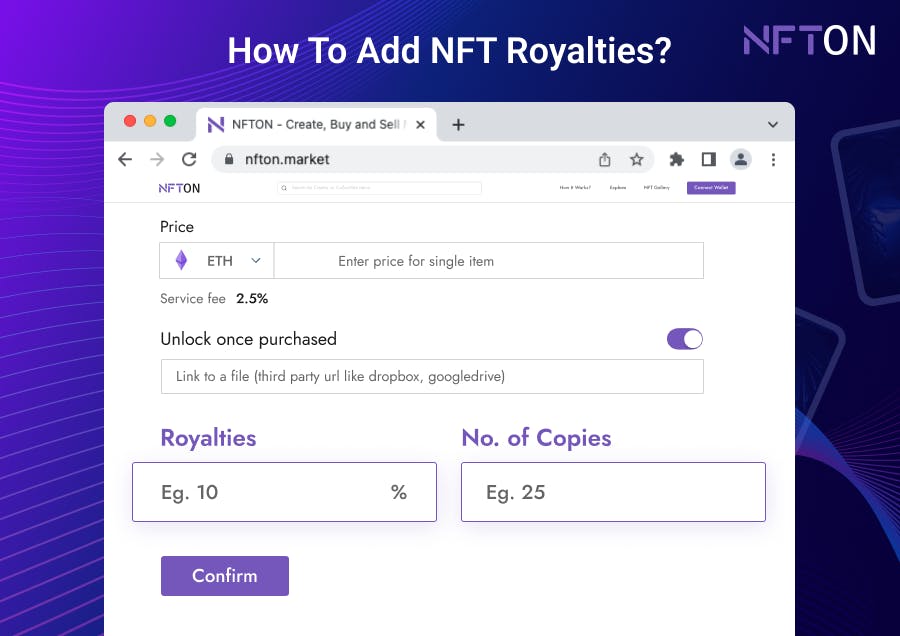
How do NFT royalties work?
NFT royalty payments are recurring and executed automatically via smart contracts. That means every time a secondary sale takes place, the smart contract ensures that the terms of the NFT are fulfilled, and a cut of the profits goes to the artist who created the NFT in the first place.
The good news is that no middlemen participate in such secondary transactions, nor does this depend on whoever transacts them. You also must remember that just because you created an NFT does not mean it will yield you royalties.
When minting it, you have to specify it in the terms. Only then will the smart contracts be written into the blockchain. The arrangement works wonders in the case of digital content, physical items, and gaming accessories.
The royalty fee arrangement is made possible by the blockchain’s immutability and transparency. Since the public ledger protects the authenticity and integrity of the artwork, the automated protocols ensure the specific requirements of every smart contract are met, which, in this case, is the payment of royalties.
Moreover, the blockchain executes its function without taking the help of an intermediary or external agent, thereby eliminating the need for one. The arrangement invariably increases the value delivered to artists.
How are NFT royalties calculated?
The original artist of the NFT earns royalties through subsequent sales in the secondary market. For instance, once the NFT is sold by the original artist, the buyer or investor may resell it to another user in the NFT marketplace. However, the royalties are paid to the original artist.
The royalty fee - as mentioned previously - depends on the terms stipulated in the smart contract when an artist mints the NFT. However, there are restrictions on how much royalty percentage can be set on different marketplaces.
For instance, the maximum royalty percentage on OpenSea is 10%. On the other hand, you can set your royalties on Rarible up to a maximum of 50%! That means if you mint an NFT for 5 ETH with a 10% royalty fee built into the contract, you will earn 0.5 ETH even if you had no part in the transaction. If it is your work, you are entitled to a royalty fee.
NFT royalties will help maximize the earnings of digital artists and content creators, so they enjoy the benefits of getting returns for something they created on their own. Royalties allow fair play, which is otherwise not possible for NFT creators.
What happens when NFT auctions expire?
NFTs can be listed for sale in an auction. This is similar to an eBay auction wherein the original NFT artist specifies a minimum sales price. If that threshold is not met or does not exceed, the auction ends on the set expiration date, and the original artist retains the ownership of the NFT. It is simple.
Over to you
There is no doubt that NFTs have their benefits and offer attractive features. However, NFT royalties and smart contracts make the clear-cut case for convincing people to join the crypto space. Receiving a royalty fee on an NFT, you created not only helps you earn money on a recurring basis but also safeguards your ownership. Who does not want that?

